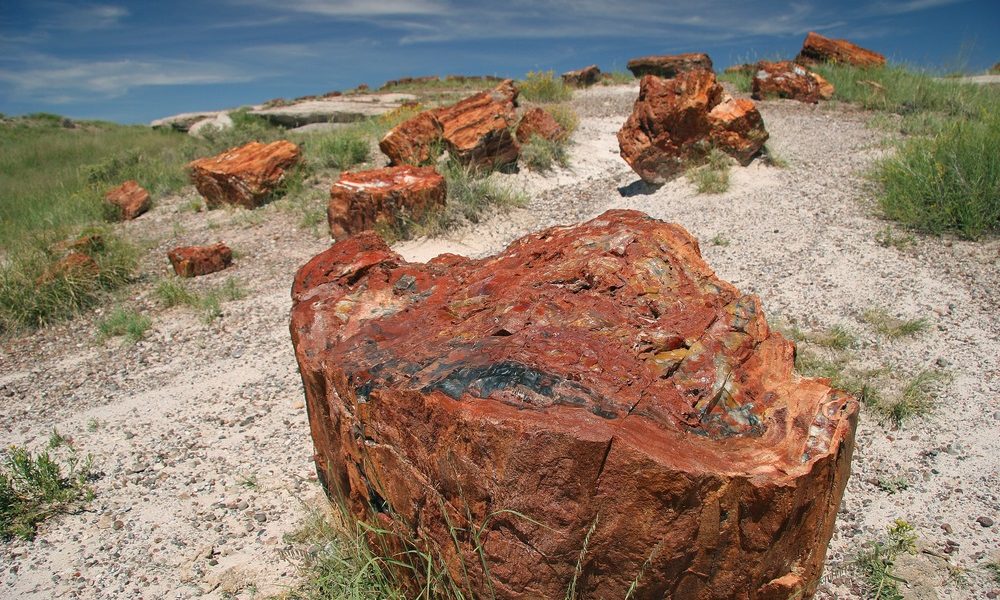It’s amazing how the Southwestern jewel of the United States, Arizona, makes you want to drown in its unique landscape that is blanketed with desert and naturally embossed by a variety of distinctive and queerly attractive cacti.
Home to one of the most breathtaking natural wonders, Arizona proudly bears the title “Grand Canyon State”, attracting visitors from all over the world who are left spellbound by the otherworldly magnificence of Grand Canyon which exhibits billion years of history at a glance!
Grand Canyon National Park without a doubt tops the “Arizona Tourism” charts, but it helps to know that the state also houses some equally stunning natural treasures that are often overlooked by the visitors. Here are a few national parks that have made it to our “Pride of Arizona List”. We hope you find time to appreciate their beauty and discreteness during your Grand Canyon tour.
Saguaro National Park

Explore the monarch of the Sonoran Desert – Saguaro Cactus which is the symbol of the American Southwest and is popularly recognized as the “plant with personality” at the Saguaro National Park. The park conserves boundless variety of majestic saguaro cacti which thrives nowhere in the world except in the Sonoran Desert.
The giant saguaro cacti stretch their arms in wide configurations and take various forms that inspire a variety of imagination. Some of them soar to the height of 50 feet and are over 150 years old. This beautiful national park preserves a wide range of members of the Sonoran Desert Community and rare species of cacti, desert trees, shrubs, and wildlife.
Organ Pipe Cactus National Monument

Organ pipe cacti, the multi-armed cousins of the saguaro are common in Mexico but a rare sight in the United States. Its presence in the United States is found only at this national park.
The organ pipe’s limbs have a look similar to the saguaro but there is a fascinating difference. Its arms all grow out of the base of the plant while the saguaro’s arms grow high off the main stem and only after the plant has lived for many years.
Organ Pipe Cactus National Monument was created as a way to preserve a representative area of the Sonoran Desert. It is the site of cultural resources that reflect the historic and diverse occupations by American Indians and Mexican.
Chiricahua National Monument

Chiricahua National Monument is known as the wonderland of forests, stunning mountains, and striking rock formations. It is truly a reflection of nature’s creativity and sculpting dexterity that has resulted in breathtaking vertical rock formations that beckon an uncanny power. It preserves the remains of an immense volcanic eruption that shook the region southeast of Willcox, Arizona some 27 million years ago.
The volcanic remains fused into a rock called rhyolitic tuff and eventually eroded into the spires and unusual rock formations of today. The 18-square-mile Monument is a mecca for hikers and bird-watchers. The most popular and rewarding hike is the moderately easy Echo Canyon Loop Trail.
The remarkable rhyolitic rock formations and extraordinary diversity of plants and animal species preserved in this park make it a “must-visit” destination in addition to your Grand Canyon tour.
Petrified Forest National Park

This “one-of-a-kind” national park preserves geological, human, and cultural history that dates backs to millions of years ago. The Petrified Forest is home to some of the most impressive fossils ever found and more are being discovered each year as continuing erosion is exposing new evidence. Fossils found here show the Forest was once a tropical region, filled with towering trees and extraordinary creatures.
More than 150 different species of fossilized plants have been discovered by paleontologists and evidence indicating ancient native people who inhabited this region about 10,000 years ago have been confirmed by archaeologists. This unique park preserves the remains of the trees that were toppled due to volcanic eruptions, swept away by waterways and were covered with volcanic ash and sediments.
The gradual erosion resulted in the formation of gigantic logs from the remnant pieces of fossilized trees. The park is known for its abundant collection of rare, petrified logs that indicate the remains of the lush green forests that dominated the northeastern region of Arizona.
Don’t miss out on including a trip to the “Land of Standing Rocks” in your Grand Canyon vacation.
Canyon de Chelly

The 84,000-acre Canyon de Chelly is one of the most spectacular natural wonders in the Southwest. Its main gorges Canyon de Chelly (“Canyon in the Rock”) and Canyon del Muerto (“Canyon of the Dead”) comprise of heavily eroded sandstone walls that rise to 1,100 feet over dramatic valleys.
It gives a fierce competition to Grand Canyon, albeit on a smaller scale. The canyon is full of sites that offer a glimpse of the ancient Navajo civilization.





There are no comments.